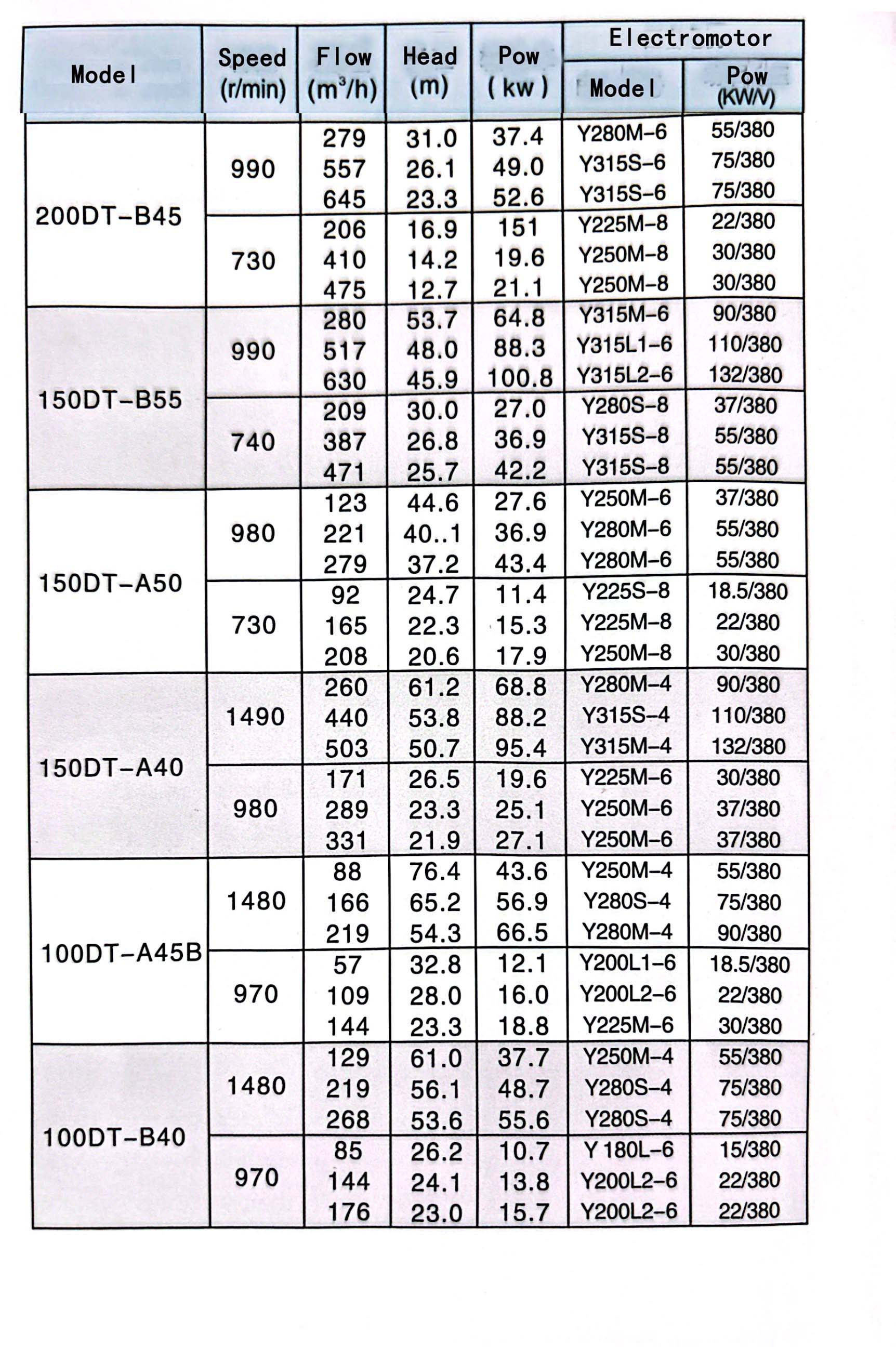Hindi
- Afrikaans
- Albanian
- Amharic
- Arabic
- Armenian
- Azerbaijani
- Basque
- Belarusian
- Bengali
- Bosnian
- Bulgarian
- Catalan
- Cebuano
- Corsican
- Croatian
- Czech
- Danish
- Dutch
- English
- Esperanto
- Estonian
- Finnish
- French
- Frisian
- Galician
- Georgian
- German
- Greek
- Gujarati
- Haitian Creole
- hausa
- hawaiian
- Hebrew
- Hindi
- Miao
- Hungarian
- Icelandic
- igbo
- Indonesian
- irish
- Italian
- Japanese
- Javanese
- Kannada
- kazakh
- Khmer
- Rwandese
- Korean
- Kurdish
- Kyrgyz
- Lao
- Latin
- Latvian
- Lithuanian
- Luxembourgish
- Macedonian
- Malgashi
- Malay
- Malayalam
- Maltese
- Maori
- Marathi
- Mongolian
- Myanmar
- Nepali
- Norwegian
- Norwegian
- Occitan
- Pashto
- Persian
- Polish
- Portuguese
- Punjabi
- Romanian
- Russian
- Samoan
- Scottish Gaelic
- Serbian
- Sesotho
- Shona
- Sindhi
- Sinhala
- Slovak
- Slovenian
- Somali
- Spanish
- Sundanese
- Swahili
- Swedish
- Tagalog
- Tajik
- Tamil
- Tatar
- Telugu
- Thai
- Turkish
- Turkmen
- Ukrainian
- Urdu
- Uighur
- Uzbek
- Vietnamese
- Welsh
- Bantu
- Yiddish
- Yoruba
- Zulu
Telephone: +86 13120555503
Email: frank@cypump.com
अगस्त . 01, 2024 02:51 Back to list
Exploring Sewage Pits and Pump Systems for Effective Wastewater Management Solutions
The Importance of Sewage Pits and Pump Systems
Sewage management is a vital aspect of urban infrastructure and public health. Among the various systems involved in sewage treatment and disposal, sewage pits and pump systems play a crucial role. This article delves into their functions, significance, and the challenges faced in maintaining effective sewage management.
Understanding Sewage Pits
Sewage pits, also known as septic tanks or holding tanks, are underground chambers designed to temporarily hold and treat wastewater. When sewage from households flows into the pit, solid waste settles at the bottom, where anaerobic bacteria break it down over time. This biological process reduces the volume of solid waste and helps separate liquid effluent from solids. The effluent is usually directed towards a leach field or drain field, where it undergoes further treatment as it percolates through the soil.
Sewage pits are particularly important in rural areas or places where centralized sewage systems are not feasible. They offer a practical solution for waste disposal, helping to prevent environmental contamination and protect public health. By treating waste on-site, they minimize the risk of sewage overflow and groundwater pollution.
The Role of Pump Systems
While sewage pits handle the initial stages of waste treatment, pump systems are essential for transporting wastewater to treatment facilities or to other disposal points. These systems typically involve a network of pipes, valves, and pumps that ensure the movement of sewage, often against gravity.
Pump systems are especially critical in situations where the sewage needs to be moved from lower to higher elevations, such as from basements to municipal sewer lines. Common types of pumps used in sewage systems include submersible pumps and sewage ejector pumps. These pumps are designed to handle solids and debris that might be present in wastewater, preventing clogging and ensuring a smooth flow.
sewage pit and pump

Significance of Proper Maintenance
To maintain the efficacy of sewage pits and pump systems, regular inspection and maintenance are crucial. Sewage pits have limited capacity and can become full over time, necessitating pumping and cleaning to prevent overflow and potential health hazards. Homeowners should be aware of signs that indicate a full pit, such as slow drains, unpleasant odors, and pooling water near the pit.
Similarly, pump systems require routine checks to ensure they are functioning correctly. Any malfunction can lead to sewage backups, causing environmental contamination and health risks. Maintaining the pumps involves monitoring for leaks, checking electrical connections, and ensuring that the pump impellers are not blocked by solids or debris.
Challenges in Sewage Management
Despite their importance, sewage pits and pump systems face various challenges. Aging infrastructure, increased urbanization, and climate change can strain existing sewage systems. Heavy rainfall can overwhelm sewer systems, leading to overflow and untreated sewage discharge into rivers and lakes. Moreover, inadequate maintenance and public awareness can exacerbate these issues, leading to serious public health risks.
Innovative solutions, such as advanced treatment technologies and smart monitoring systems, are being developed to improve sewage management. These technologies aim to enhance the efficiency of sewage treatment, reduce environmental impact, and promote sustainable practices.
Conclusion
Sewage pits and pump systems are critical components of effective sewage management. They play a pivotal role in protecting public health and the environment by ensuring that wastewater is adequately treated and disposed of. By understanding their importance and the need for regular maintenance, communities can better manage sewage challenges and promote a cleaner, healthier environment for all. As urban spaces continue to grow, investing in robust sewage infrastructure will be key to sustainable development.
-
Horizontal Split Case Pump with GPT-4 Turbo | High Efficiency
NewsAug.01,2025
-
ISG Series Pipeline Pump - Chi Yuan Pumps | High Efficiency, Durable Design
NewsAug.01,2025
-
Advanced Flue Gas Desulfurization Pump with GPT-4 Turbo | Durable & Efficient
NewsJul.31,2025
-
ISG Series Vertical Pipeline Pump - Chi Yuan Pumps | Advanced Hydraulic Design&Durable Construction
NewsJul.31,2025
-
ISG Series Vertical Pipeline Pump - Chi Yuan Pumps | Energy Efficient & Low Noise
NewsJul.31,2025
-
pipeline pump - Chi Yuan Pumps Co., LTD.|High Efficiency&Low Noise
NewsJul.31,2025










